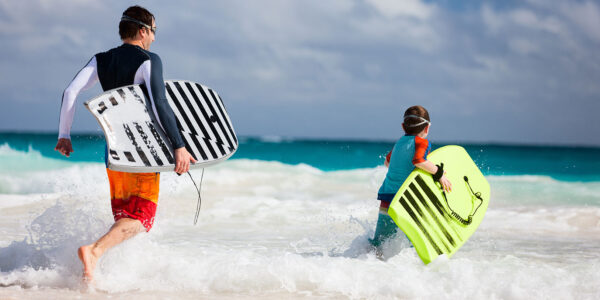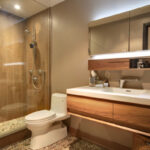Bodyboarding, sometimes referred to as boogie boarding, is a close cousin to traditional surfing. A few decades ago, most surfers saw bodyboarders as imitators, too afraid to take to the waves as they should.
That’s not the case anymore. A deep sense of respect has evolved and established itself between the two groups now. Part of it also has to do with how body boards allow for more flexibility.
With Australia seeing the 2022 Bodyboarding State Championship conclude its Clayton’s Beach event, you may be inspired to start your own boogie boarding adventure.
However, when choosing a board, there are several things you need to consider. Listing them all out, though, would go beyond the scope of this article. Moreover, beginners looking to buy such boards wouldn’t benefit from this.
It’d be better for this article, then, to focus on the primary things you need to examine when purchasing your first board.
Four things to consider when buying your first board
Apart from the size, the board’s material and design will determine how well it performs under specific conditions. Some boards are meant for speed, while other variants allow for excellent manoeuvrability.
So, when buying such a board, you need to consider some of the things listed below.
-
Overall Size
Body boards come in different sizes. Ideally, a board should fit right between your knees and your chin when held perpendicular to you. If you go any smaller than your intended size, your legs will trail in the water. This will cause a lot of dragging and eventually slow you down.
Consider getting different sizes if your budget allows you to. A simple rule is to get a larger board for smaller waves while opting for smaller variants for relatively bigger waves.
-
Core material
Currently, manufacturers use two kinds of material to produce boards.
Dow polyethene foam is the first kind. Boards made from this material tend to be more flexible and heavier. Overall, boards with this core perform well in most conditions.
Polypropylene foam is the second kind of core material that is often used. The core itself lends to a lighter but stiffer boogie boarding experience. Some recent variants use both kinds of core material in alternative layers.
-
Tail design
While not immediately apparent for beginners, the tail of a board significantly impacts its speed and manoeuvrability. Tail designs usually come in four shapes.
While knowing the differences between tail ends is unnecessary for a beginner, you should note a general rule of thumb. Essentially, the wider the tail is, the faster and more stable the board will be. Conversely, the board becomes easier to manoeuvre as the tail gets narrower.
-
Stringer and rocker
The stringer is, essentially, the board spine. In some cases, a tube runs through the middle of a board, effectively strengthening its core. Although a stringer can increase the velocity of projection, it also reduces flexibility.
On the other hand, a rocker refers to the curve of a board. No boogie board is entirely flat. As such, the steeper the incline of the curve, the more flexible the board is. A lower curve will let you ride faster but will not provide as much control.
If you want the best of both worlds, go for a stringer board with a more inclined rocker.
In summary
There are other things to consider. However, all those factors are so specific that they only matter to experienced boarders. When buying your first boogie board, the listed factors are enough to help you make that initial purchase.
Once you have more experience, you will be more equipped to decide on personal design preferences. Then, you can truly take off.




